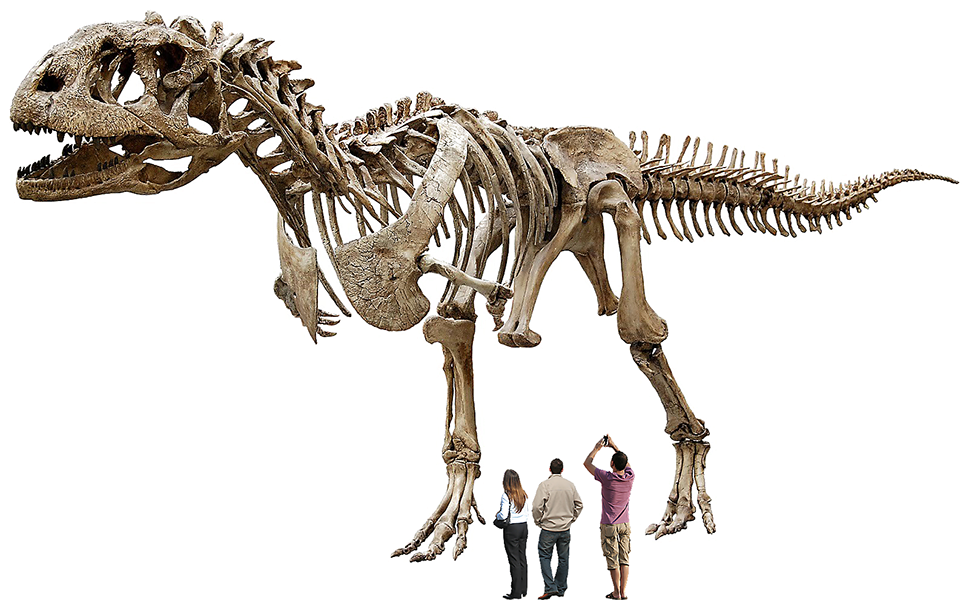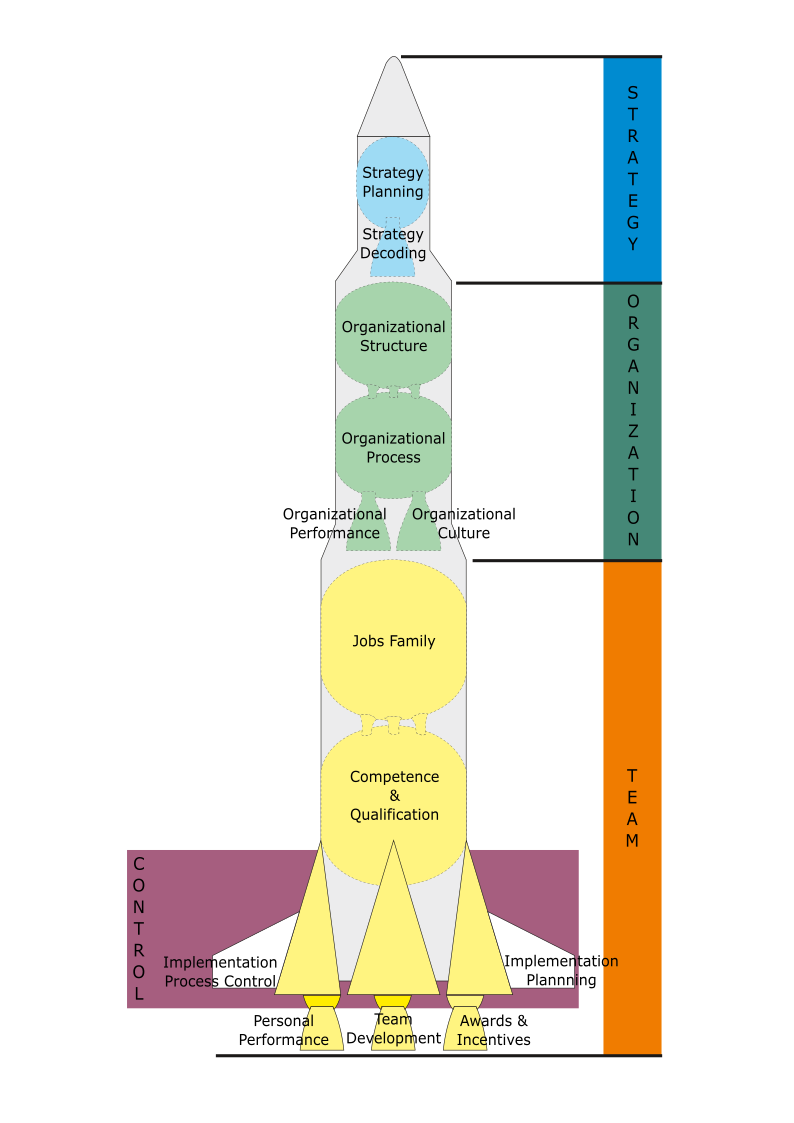
Strategic Change Consulting
In an external environment of high uncertainty and rapid change, companies need to constantly update their development strategies. However, a survey shows that nearly three-quarters of large enterprises face difficulties in implementing their strategies. This is because companies are constrained by the inertia formed by their past successful genes. If there is a huge difference between the new environment and the old one, systemic inertia may be difficult to adapt to the new environment, and may even become a hindrance to the company's adaptation to the new environment.
Therefore, companies need to promote the implementation of their strategies and achieve their strategic objectives through change. As Peter Drucker said, "Every organization, in order to survive and succeed, will have to transform itself into a change organization." However, change is a risky leap for any company, more than70% of changes ultimately end in failure.
Change is not easy, as it involves all aspects of a company: from business to organization, from team to culture, from senior management to every employee. We believe that the success of change depends on the following three core elements:
Clear strategy. Change requires grasping the correct window of opportunity for change, setting clear and systematic change goals, and efficiently coordinating and integrating internal and external company resources. These depend on the development of a clear change strategy. At the same time, it is necessary to translate the strategy into clear tactics and specific actions.
Strong organization. Change often means new competitiveness, new business models, new businesses, or new markets, requiring the restructuring of organizational architecture and the updating of work mechanisms to effectively support strategic capabilities and ensure their full play.
High-performing teams. Any change is ultimately achieved by highly coordinated teams, so it is necessary to ensure that the team's capabilities are consistent with strategic and organizational capabilities, and are fully motivated and correctly guided towards the direction of change.

Based on the "S.O.T.C. Three-stage One-face Strategic Transformation Rocket Model", we provide companies with more environmentally adaptive and implementable change strategy planning and strategy decoding, help companies build a strategic-oriented organizational system and human resource management system. At the same time, we not only provide management solutions, but also serve as a change partner for companies, providing change process management services to help companies systematically and orderly promote strategic implementation and organizational change.
How does the S.O.T.C. Three-level One-face Strategic Transformation Rocket Model help companies achieve strategic transformation?
The S.O.T.C. Three-level One-face Strategic Transformation Rocket Model refers to the three levels of strategy, organization, and team, which, like a rocket, promote change, and effectively manage and control the facing change process.
Strategic transformation begins with strategy. Strategy points out the goals and directions of change. An effective set of strategic planning that can guide change needs to systematically identify the resources and capabilities required by future development of the enterprise in response to changes in the internal and external environment, and describe comprehensive strategic objectives. At the same time, it is necessary to translate the strategy from the understanding of the enterprise's senior management to the tactical strategy of middle management, and further translate it into an executable action plan through strategy decoding. The strategy decoding work provides the most core work for the overall strategic transformation, helping the enterprise to accurately understand the strategic goals, identify the key performance indicators (KPIs), and establish the evaluation system for the success of change.
The resources and capabilities required for strategic transformation must be achieved through specific organizations. An enterprise's organizational structure is determined by its business model and core strategic capabilities. Therefore, new organizational structures and business processes often mean new business models and new strategic capabilities required for transformation, and organizational restructuring is crucial for the success of strategic transformation. In addition, organizational-level changes provide frameworks and guidance for team building.
All strategies are ultimately achieved through the work of enterprise teams. One key factor for the success of strategic transformation is how to ensure that the team's capabilities align with the strategic capabilities required for enterprise strategic transformation, and how to ensure that the team has the drive to actively promote strategic transformation. To achieve strategic transformation, a strategic human resource management system with a sequential core architecture is required.
Strategic transformation is a process. In this process, the implementation of strategies requires distinguishing priorities, effective planning and coordination of resources utilization, and orderly breakthroughs of obstacles to improve the efficiency of strategic transformation through effective process control.
Our Service
Integrated strategic change management
Change strategy planning and decoding
Strategic organizational structure design and process reengineering
Strategic compensation and performance management design
Operation of change management office
Our Cases
Case 1: When a large sacle comany with more than 50,000 employees tried to change its organization from a functional structure to a matrix one, it turned out that organizational change went far beyond designing a new structure and the whole company was in chaos. At the critical moment, we stepped in and helped the company to finished the organizational change in merely 15 working days.
Want to know how we saved the company from the chaotic organizational change? Please contact us.
Case 2: When a large scale company with more than 50,000 employees came up to a new strategy, senior executives found that it was extremely difficult to implement it. Strategic change became a mission impossible when the company had to deal with the strong inertia of its past success. We turned ourselves into a change partner of the company and guided the strategic change through organizational change, competence change, as well as business change.
Want to know how we systematically drived the strategic change? Please contact us.
